Cole Cooks: Prime Rib Roast with Horseradish Crust
Our traditional Christmas family dinner is a prime rib roast. Over the years I have experimented with multiple ways to cook prime rib. One of my favorite methods is reverse sear prime rib with a horseradish crust.
Go To Recipe
For Christmas 2019 we had 17 people. When you estimate about 1 pound of bone-in prime rib per person that means we had to buy a 16-pound roast. As part of an experiment I cut the roast in half and did one part a traditional reverse sear prime rib with a horseradish crust. The other half I cooked sous vide.
You can see the full experiment here, but this recipe is for my tried and true prime rib. This is a very simple recipe that turns out great.
There are a few of things:
- Following the advice of Amazing Ribs, I remove the bones the day before and brine the meat overnight with kosher salt.
- Also, on the advice of Amazing Ribs I tie the prime rib into a cylinder to promote even cooking.
- I have developed a horseradish crust that is applied right before putting in the oven.
- The meat is a reverse sear prime rib. You cook it at a low temperature (225 degrees) until it reaches the desired level (I do 130 degrees for a medium rare)
- Right before serving the meat is blasted for 10 minutes at the highest oven temperature (550 degrees in our case).
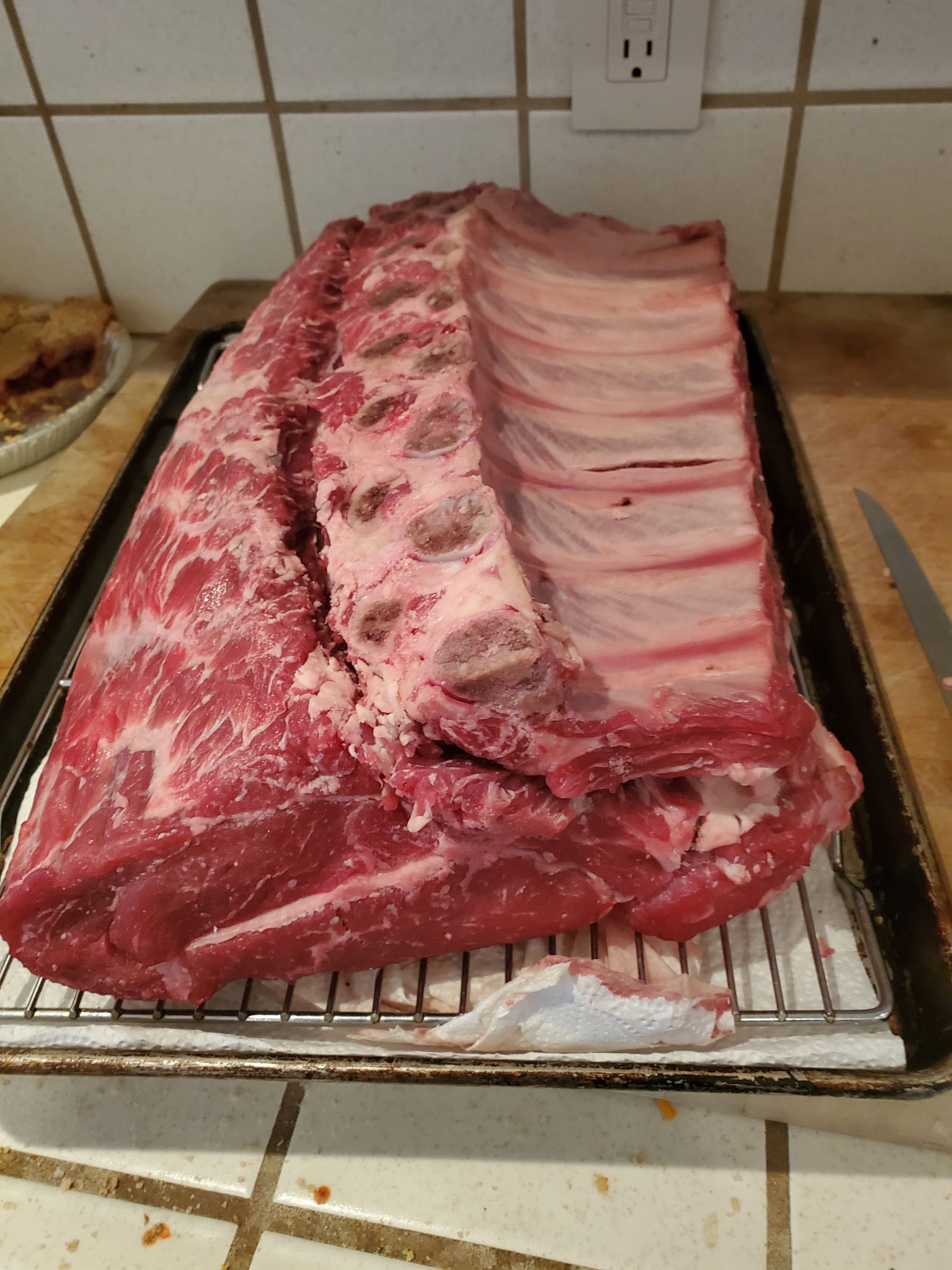
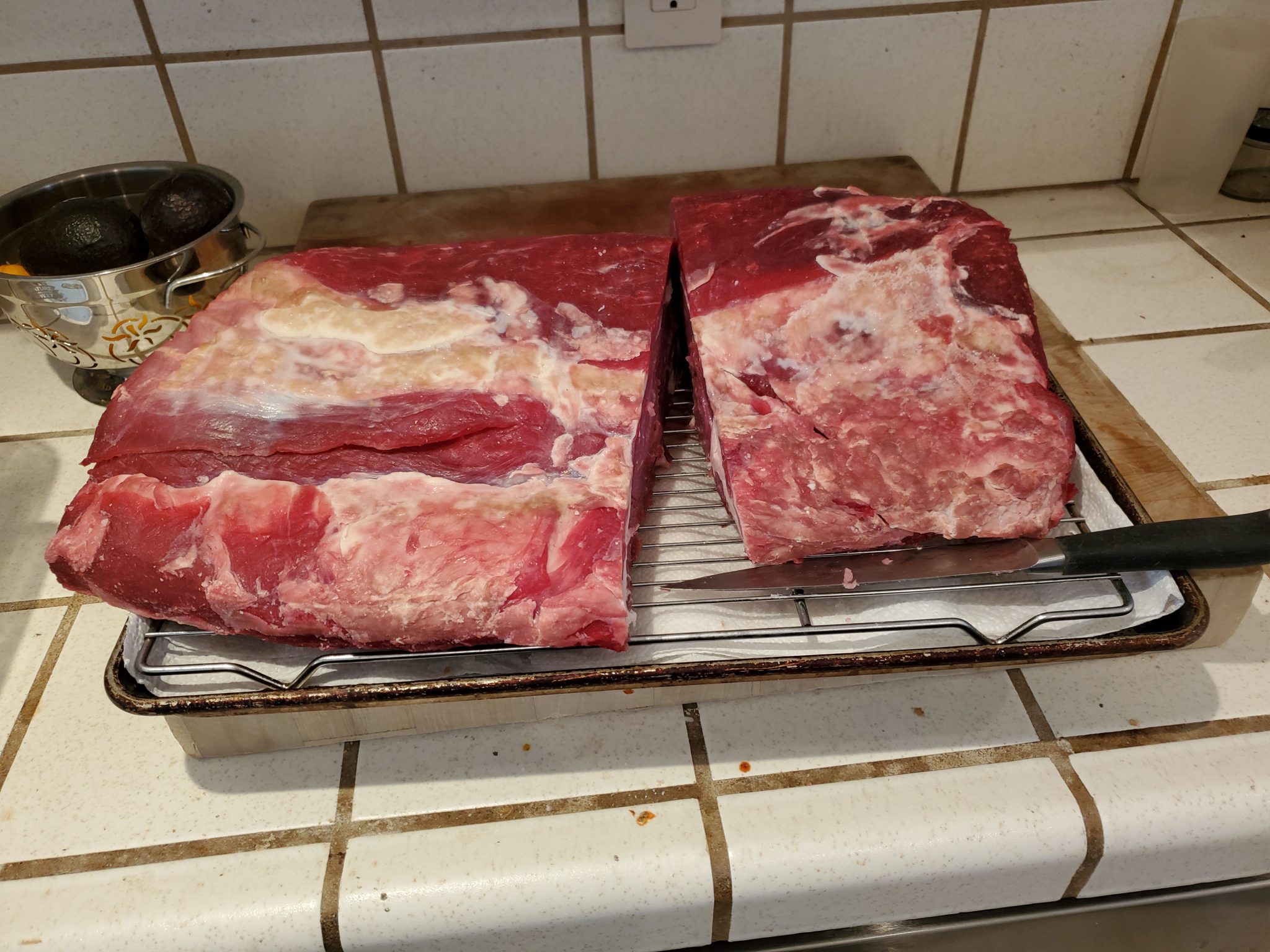
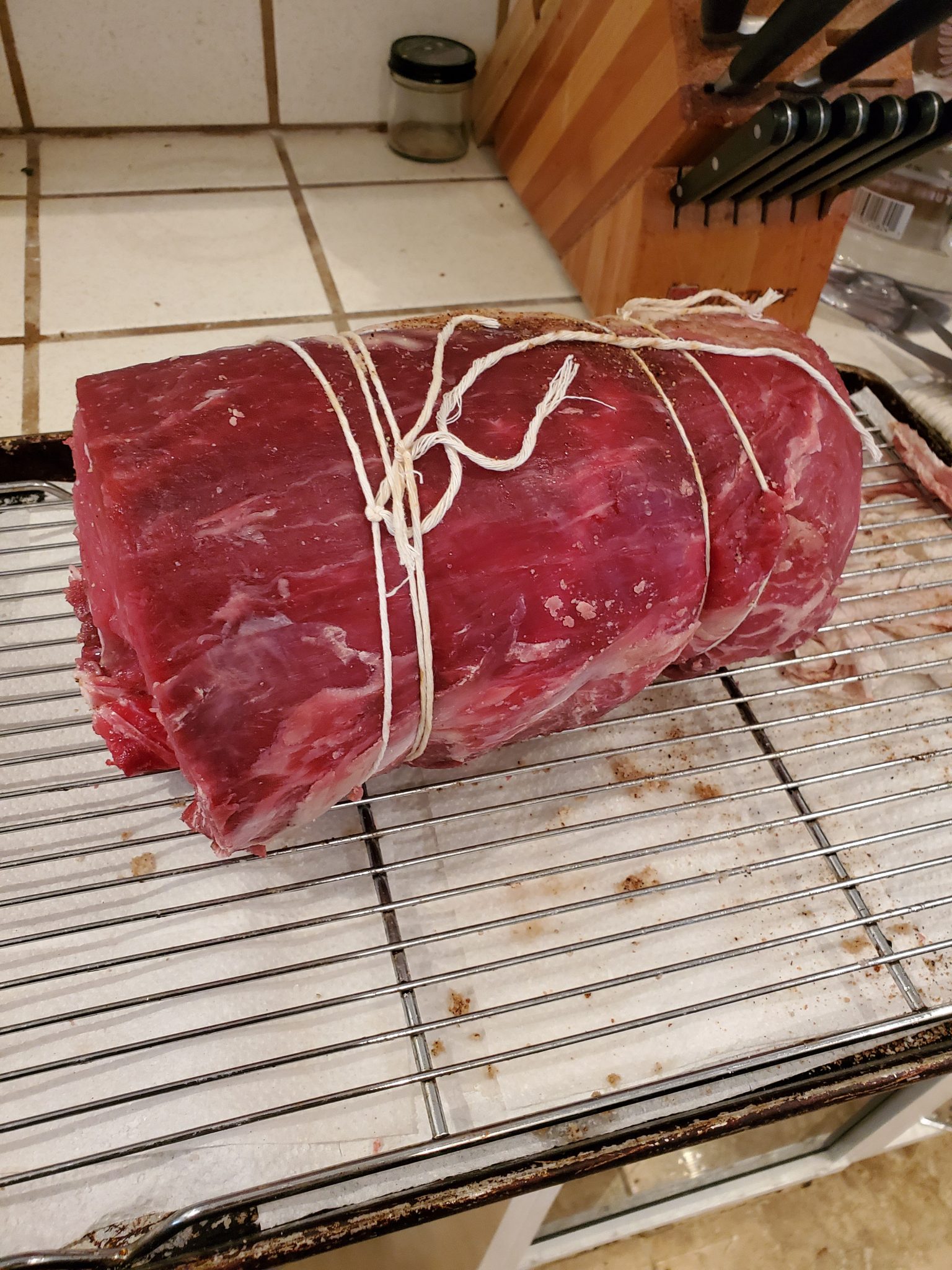
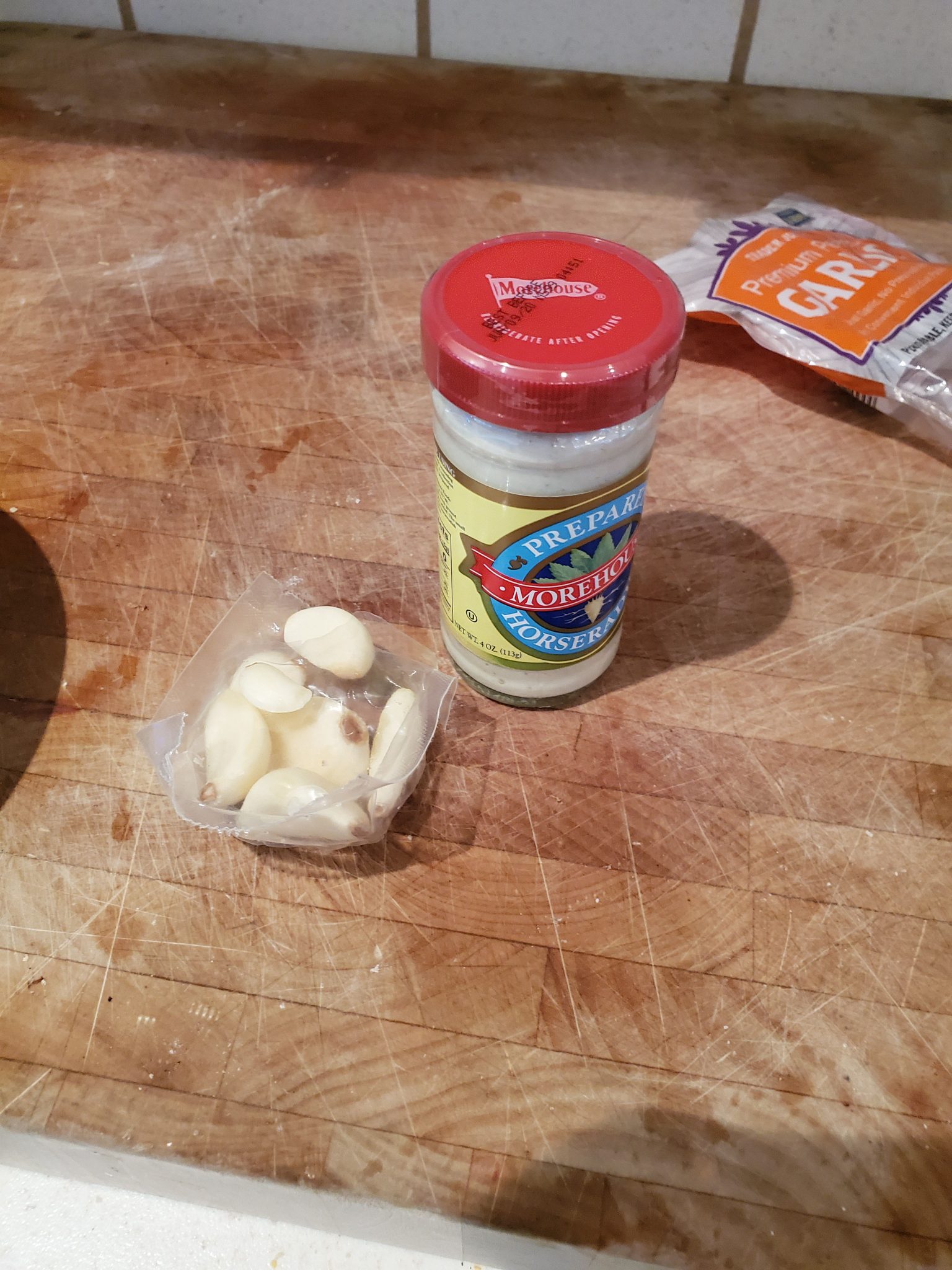
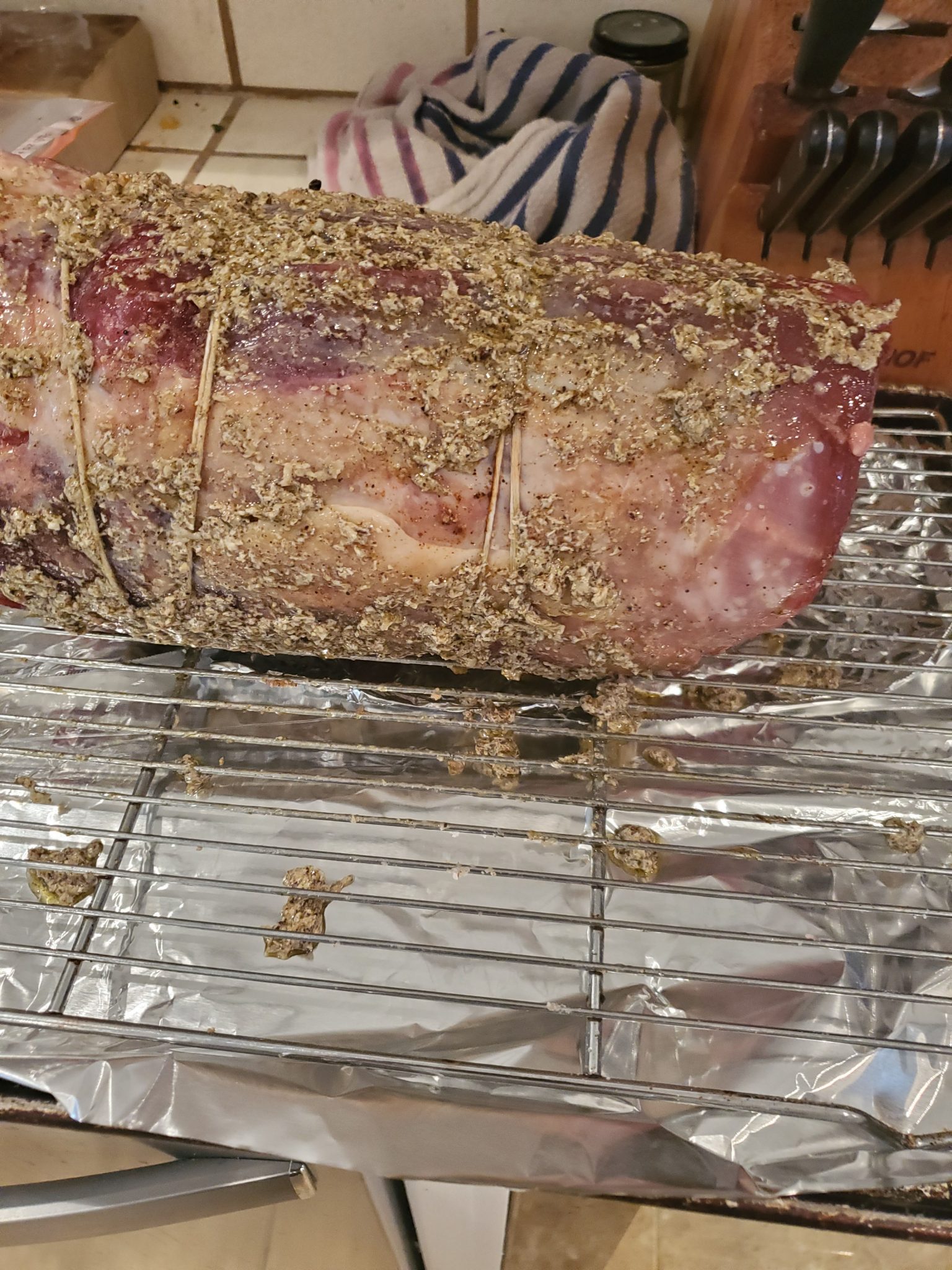
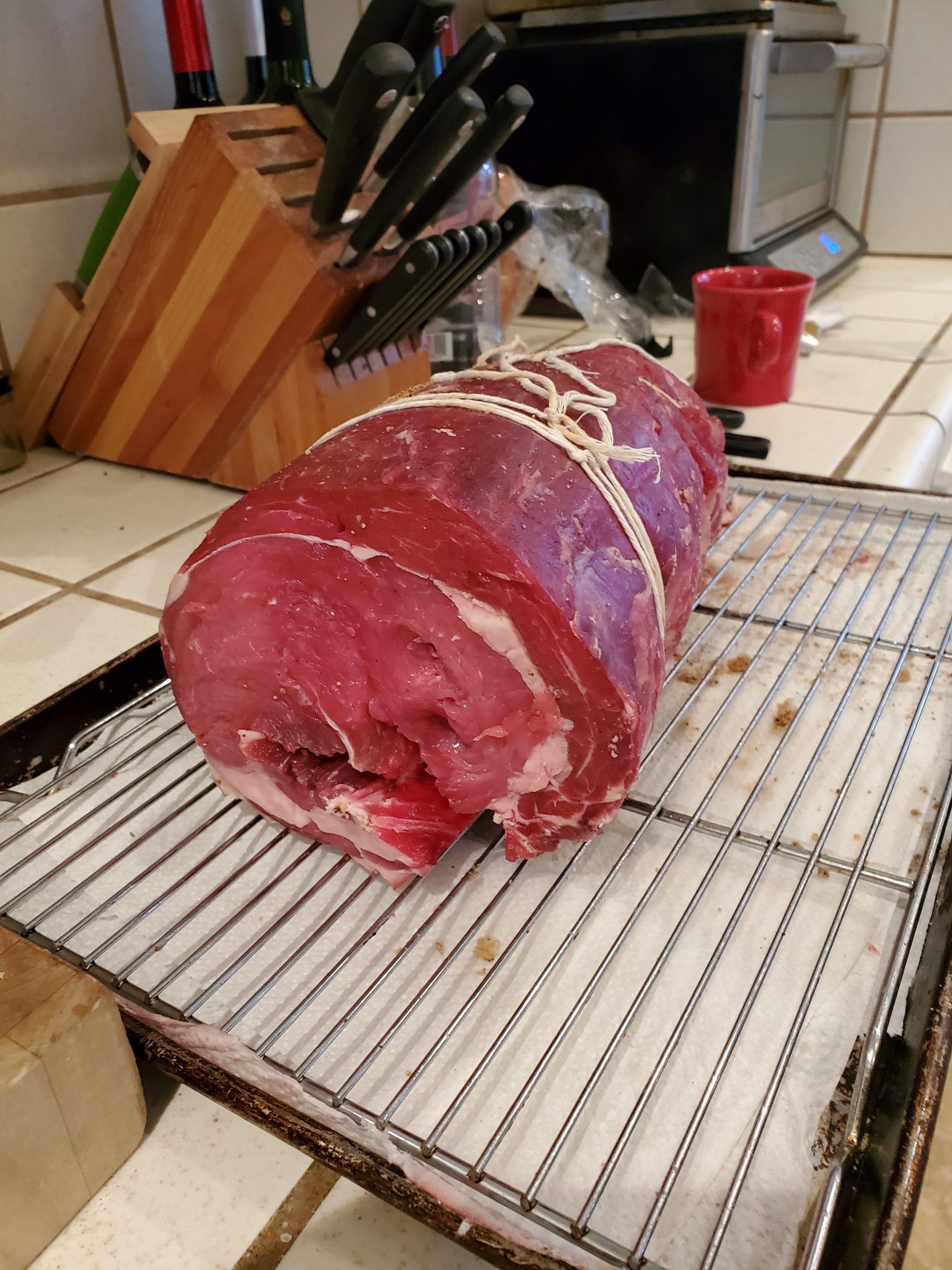
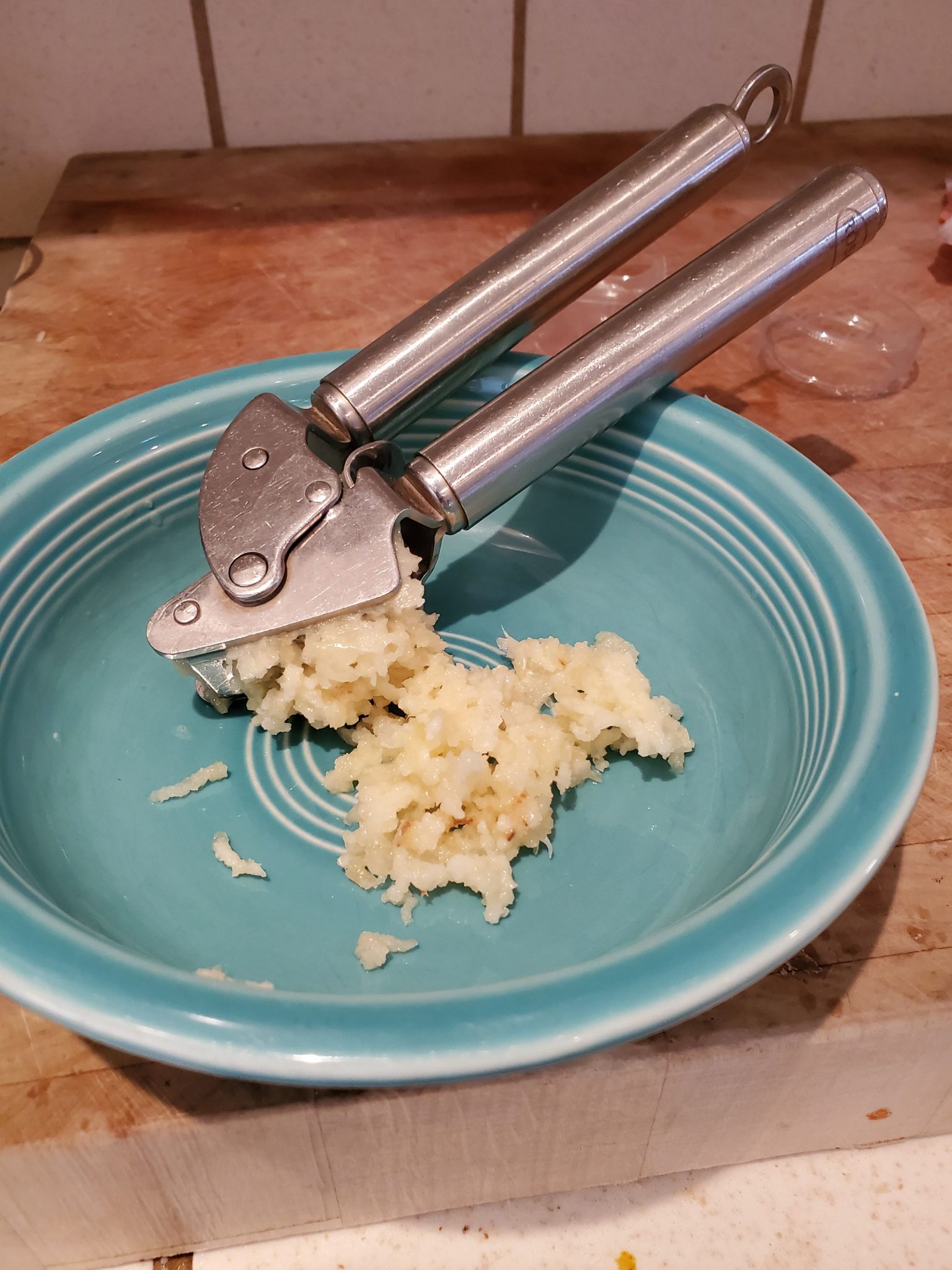
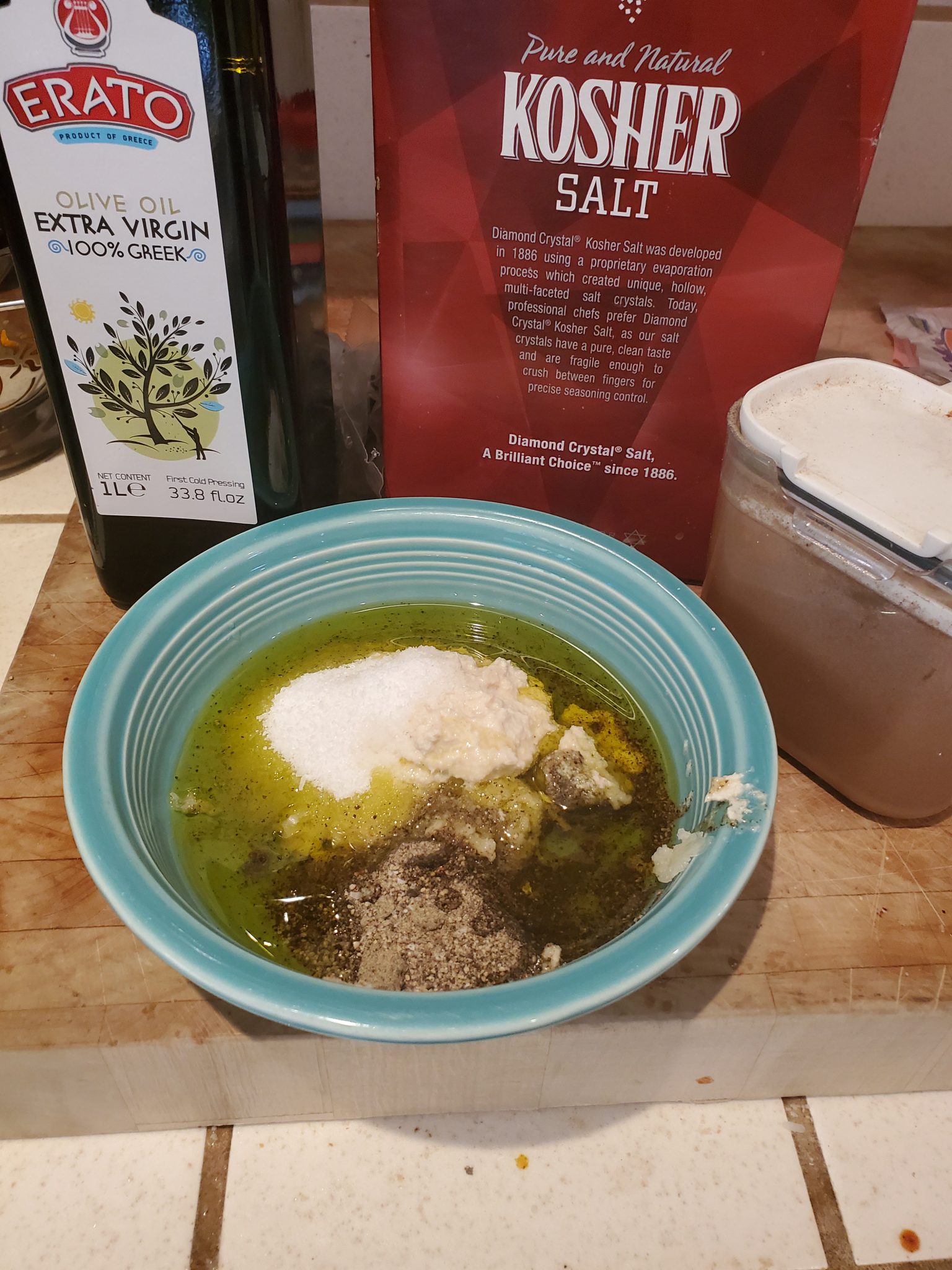
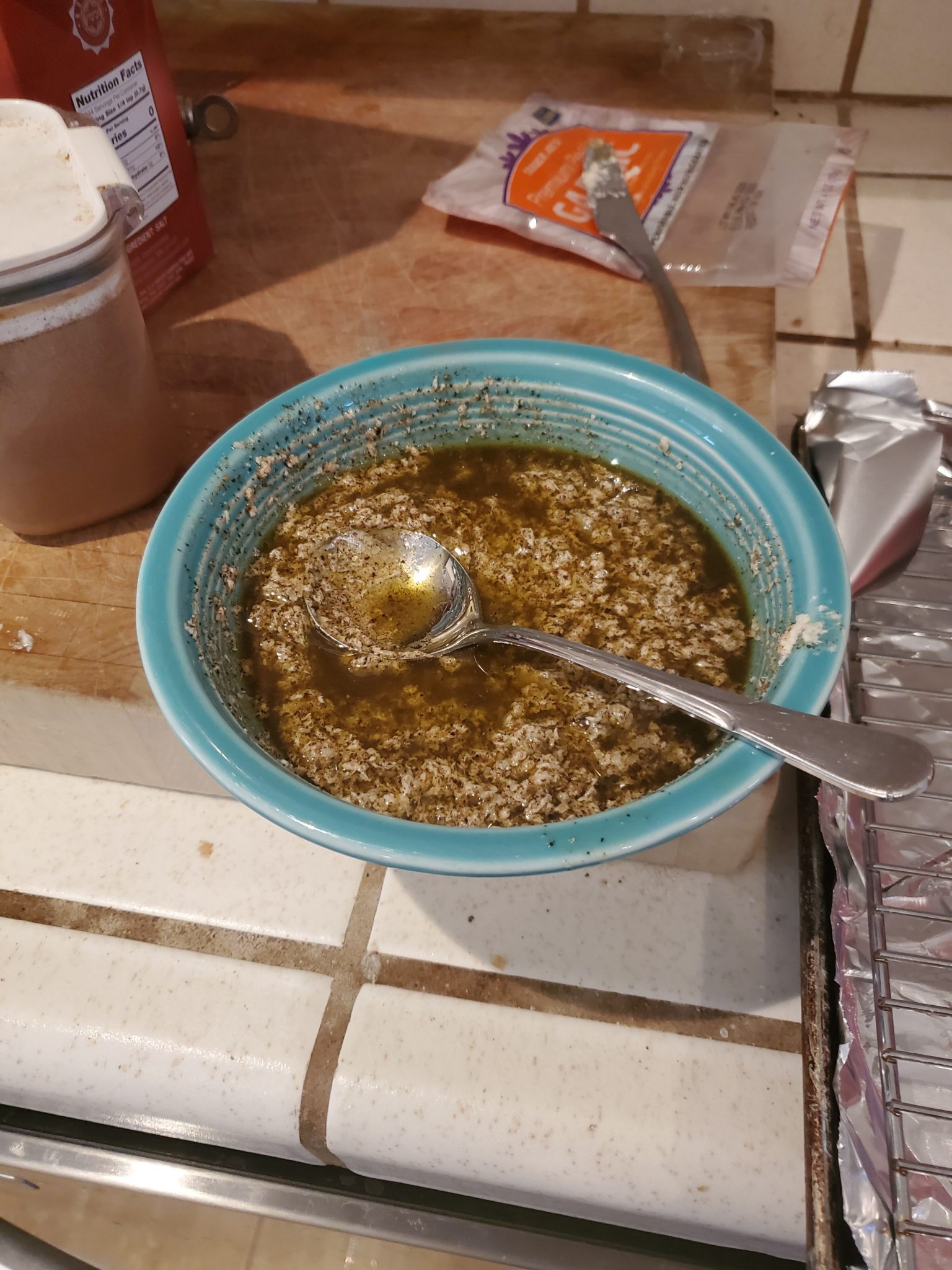
The main issue with this method is that I have learned it is almost impossible to predict how fast the meat will cook. Unlike with the sous vide method you need to constantly monitor the temperature starting as soon as the two-hour period.
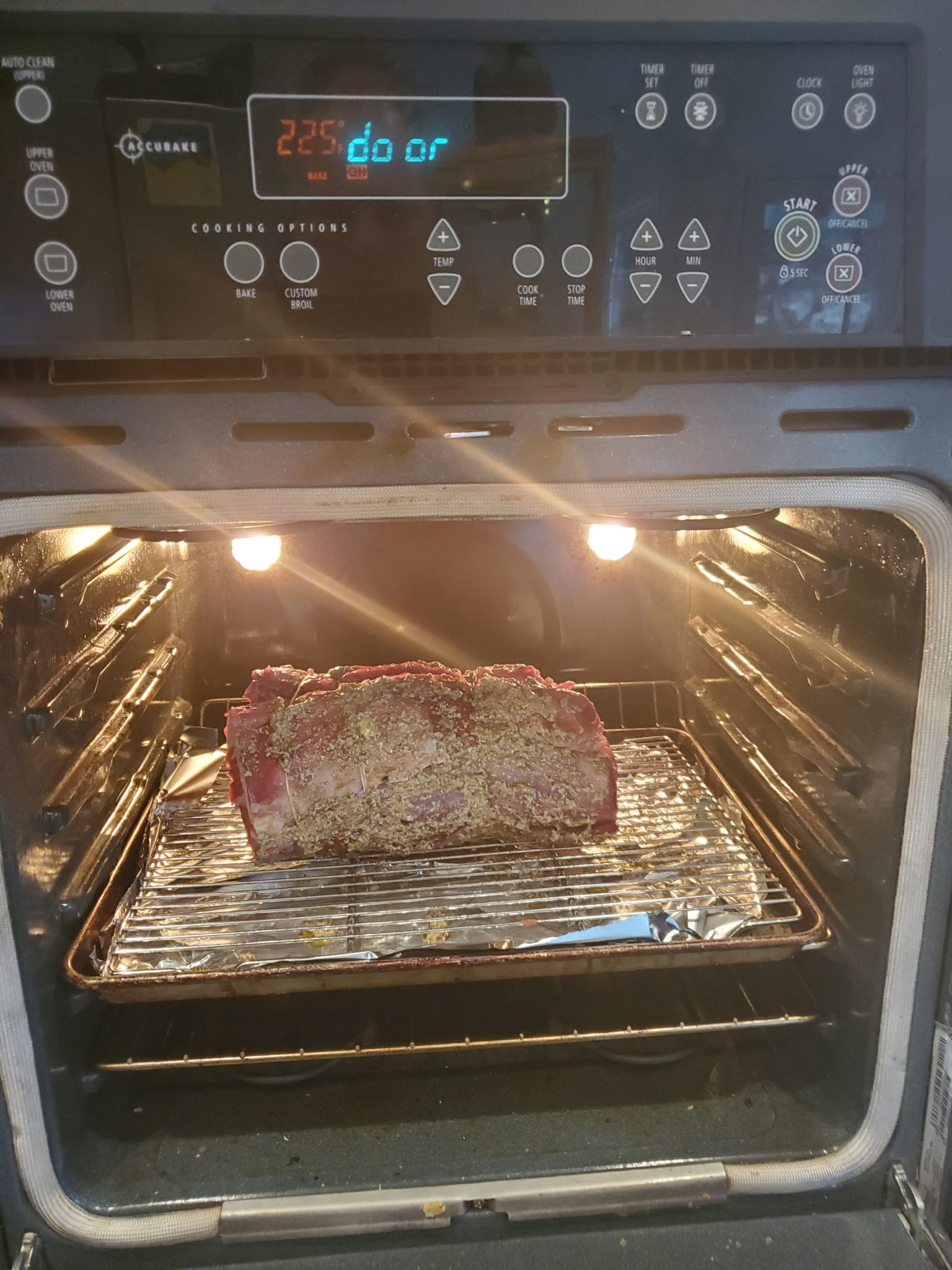
There is a 3 to 6-hour window where the meat will finish cooking. In my opinion it is better to have it done early than keep guests waiting. The problem is the meat can get cold, so it is delicate balancing act. The good news is, unlike with the traditional 350-degree oven method, I have never over cooked a reverse sear prime rib roast.

Sous vide is a great method to avoid the randomness of timing a reverse sear prime rib. You can let a roast cook in a sous vide bath all day until it is done. The problem with sous vide is we don’t have a container large enough to fit a full roast.
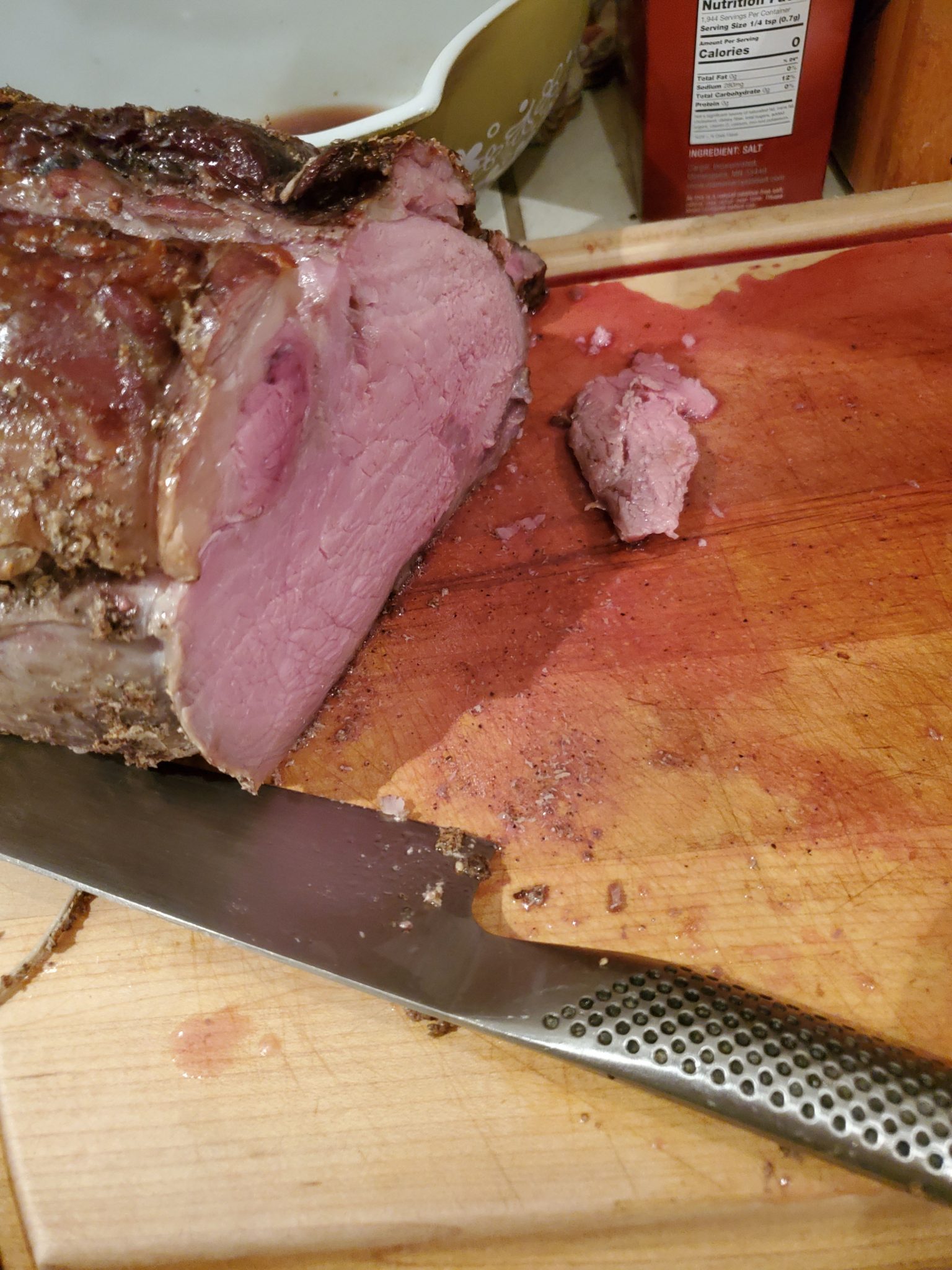
Overall the reverse sear prime rib oven method is easy and will turn out a great product as long as you closely watch the temperature. Considering a large prime rib roast can cost well over $100 I have found it worthwhile to invest in a Thermapen instant read thermometer. This costs $100 but we have been using ours for years.
The downside to our Thermapen is you can’t leave it in the meat and walk away. We have gone through half a dozen low cost leave in thermometers over the years. ThermoWorks, the maker of the Thermapen, has some highly rated leave-in thermometers. I am considering investing in a high-end ThermoWorks monitor to be ready for next Christmas. Stay tuned!
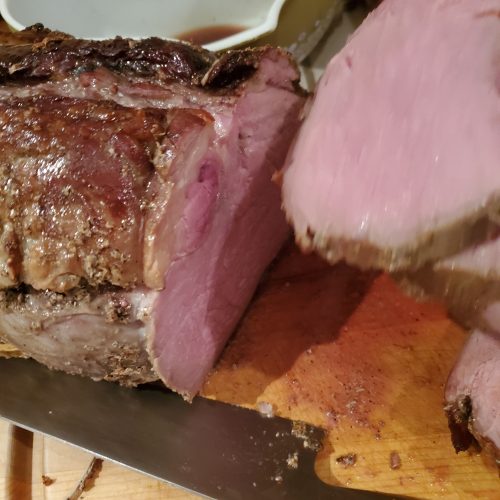
Horseradish Crust Prime Rib Roast
Ingredients
- 1 bone-in rib roast (6 to 9 pounds
- ½ cup kosher salt plus extra for dry brining.
- ¼ cup ground black pepper
- 6 cloves garlic minced
- ½ cup prepared horseradish
- ½ cup olive oil
Instructions
- The day before cooking remove bone from rib roast and set aside to make broth. Tie rib roast into a round cylindrical shape. Coat with half a teaspoon kosher salt per pound of meat. Refrigerate overnight.
- On the day of cooking, in a bowl combine salt, pepper, garlic, horseradish and olive oil. Coat roast with mixture and refrigerate until ready to cook.
- Heat oven to 225 degrees. Place a rack on a rimmed baking sheet. Place roast on rack. Cook until roast reaches desired temperature, 125 for rare, 130 for medium rare, 135 for medium. Cooking time varies greatly from 3 to 6 hours. Check regularly after 2 hours.
- Remove roast and set aside until ready to serve. Half an hour before serving heat oven to 550 degrees. Sear roast in oven for 10 minutes. Remove from oven, slice and serve immediately.
Make sure and check out our full guide and our sous vide prime rib.
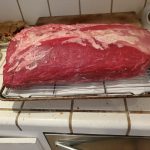
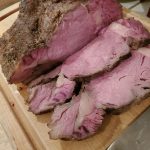
See how I used the bones to make a Instant Pot Beef Broth.
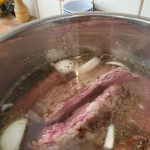
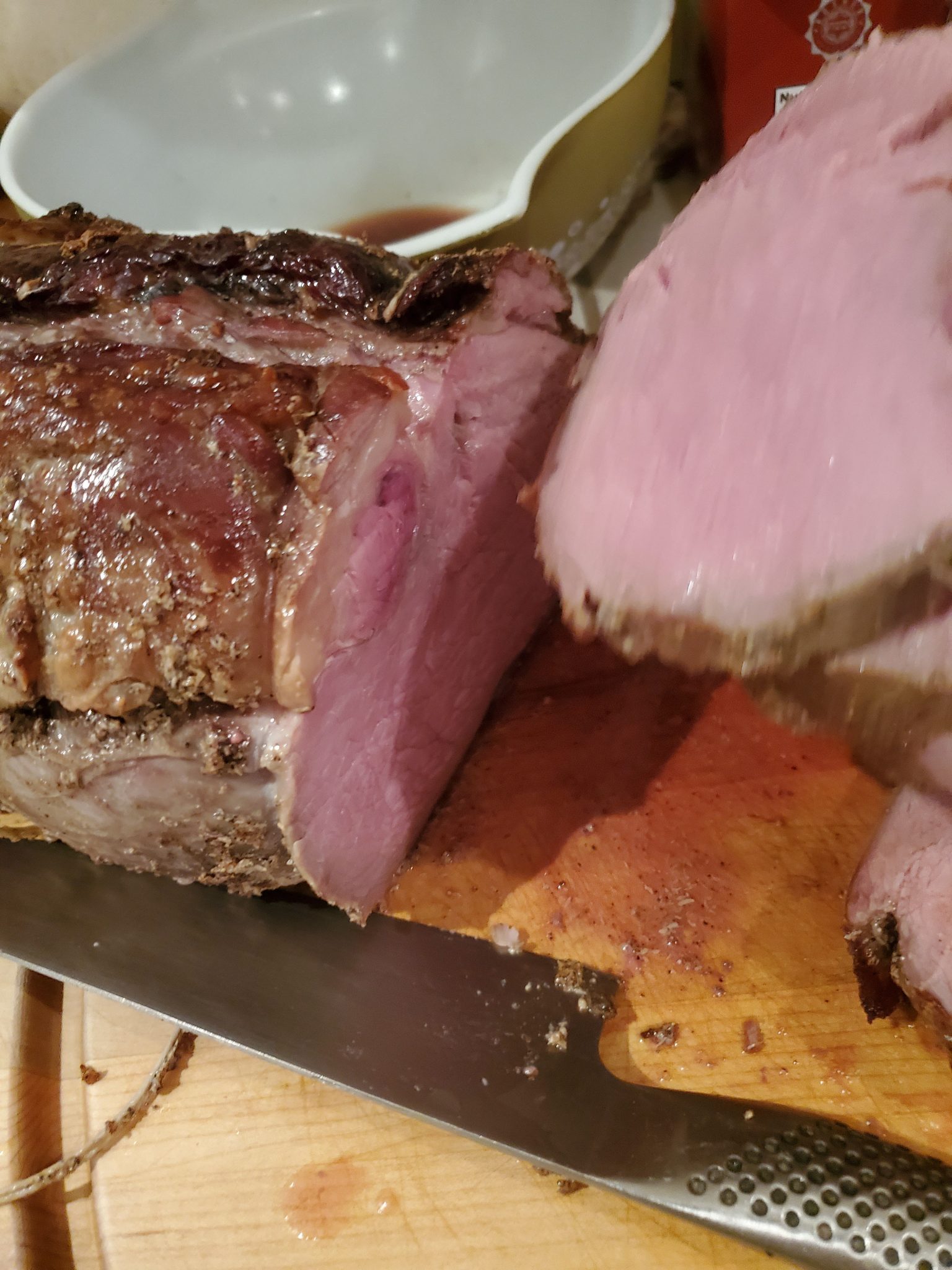
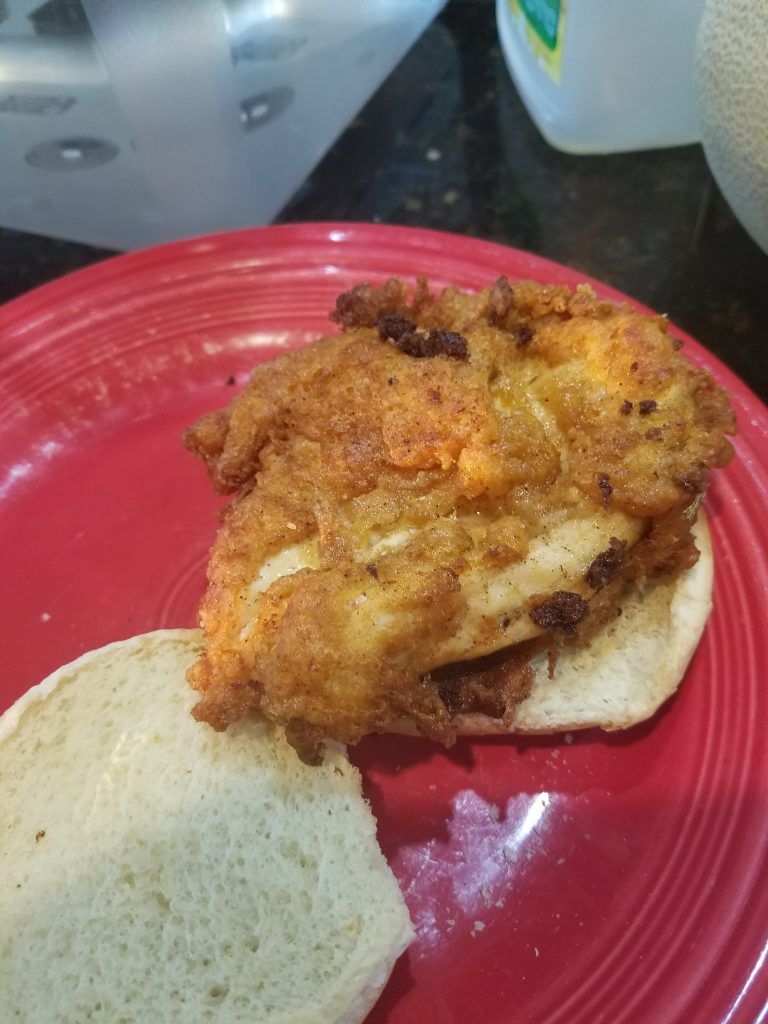
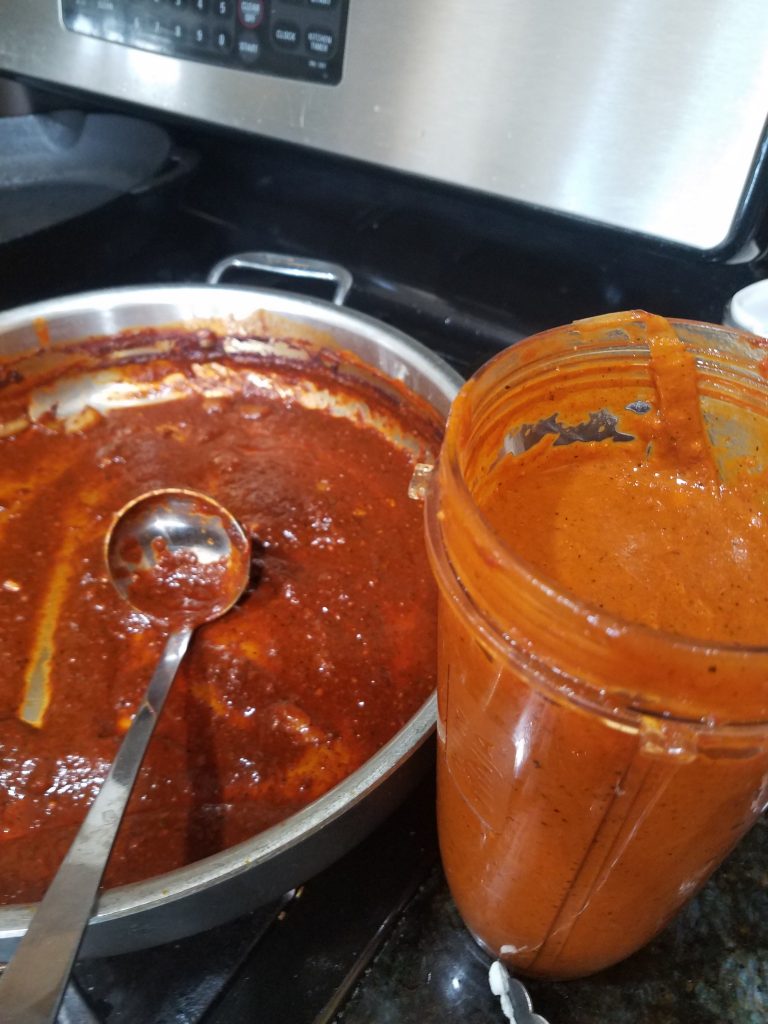

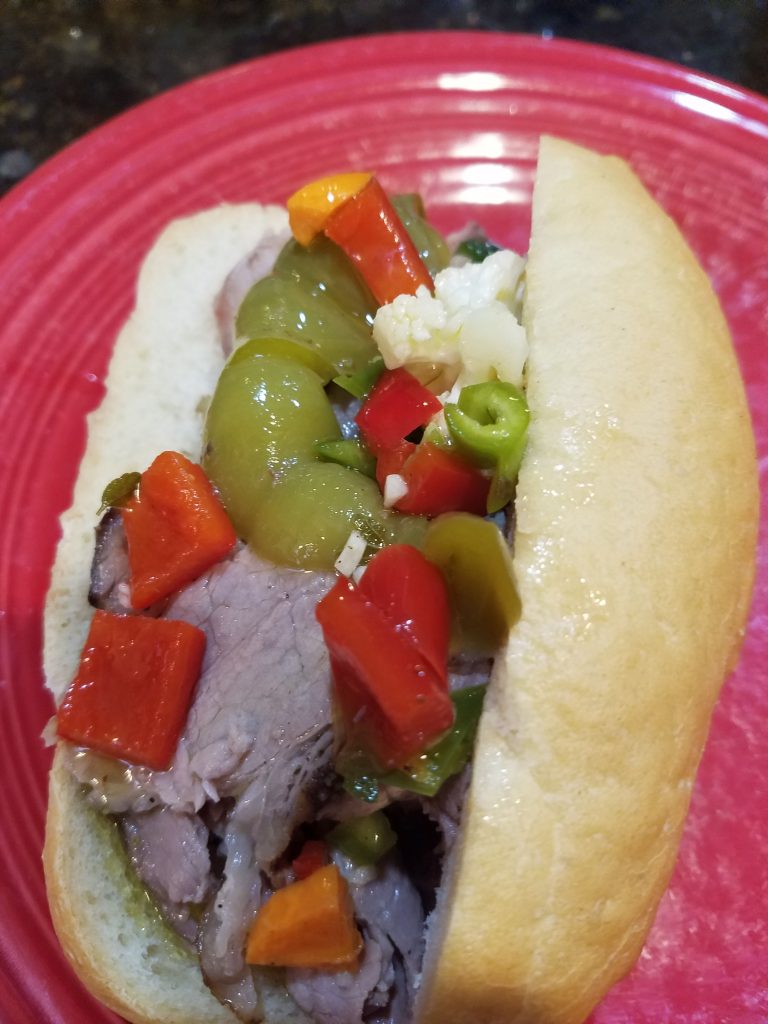
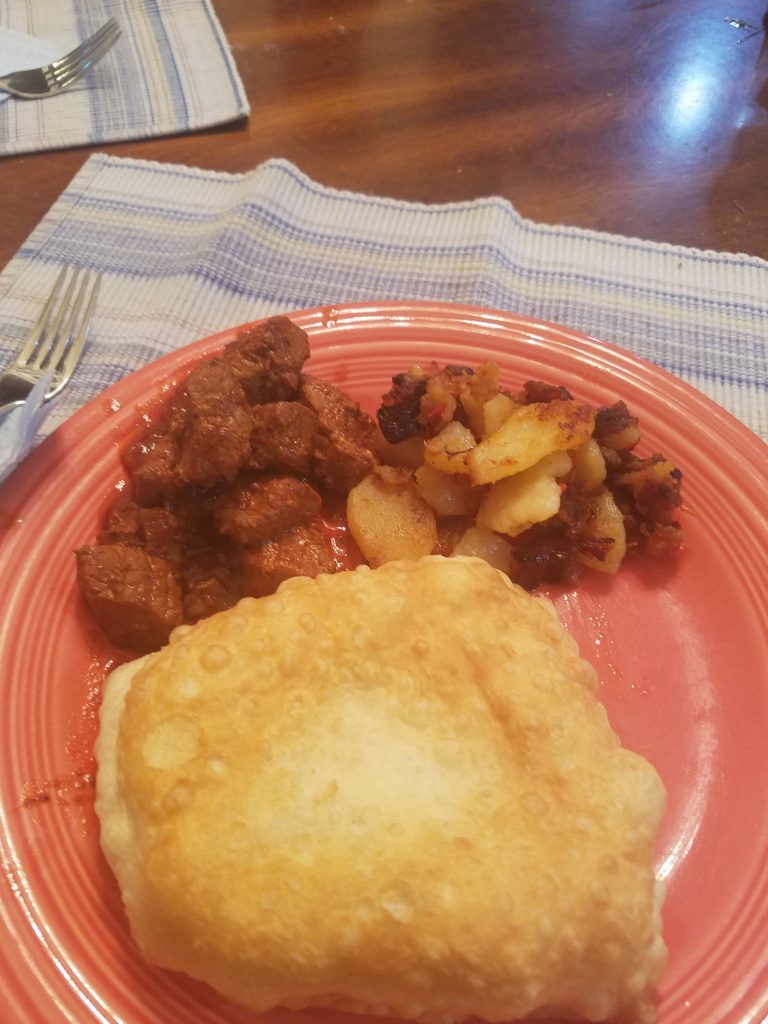
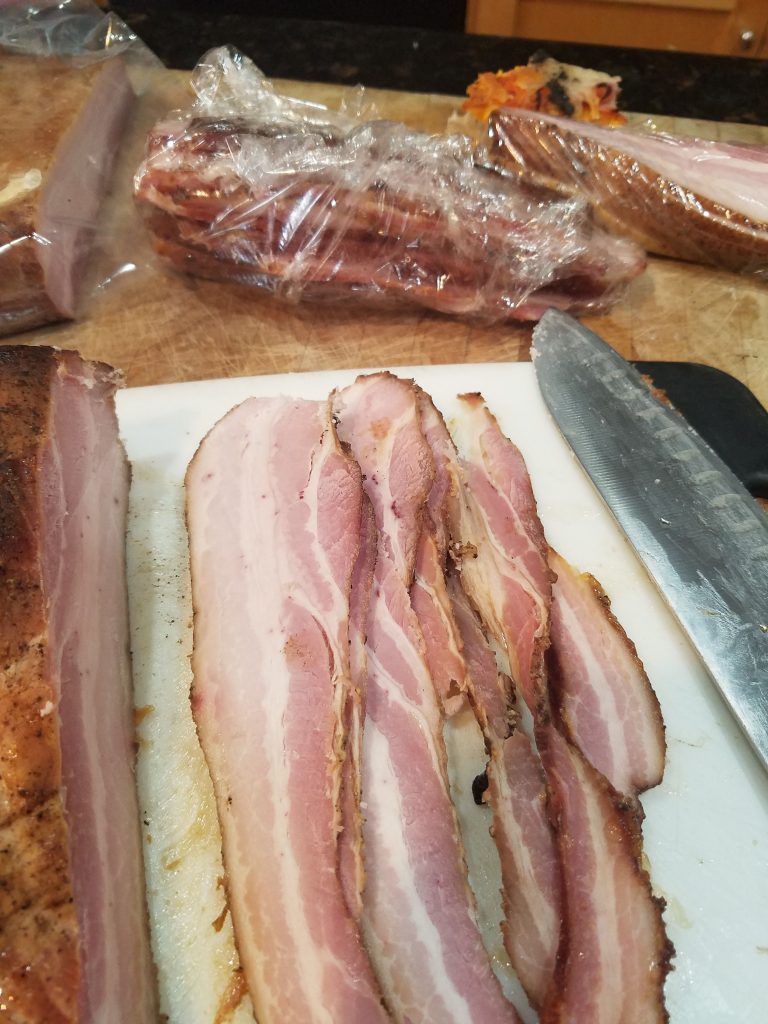
2 Comments
Comments are closed.